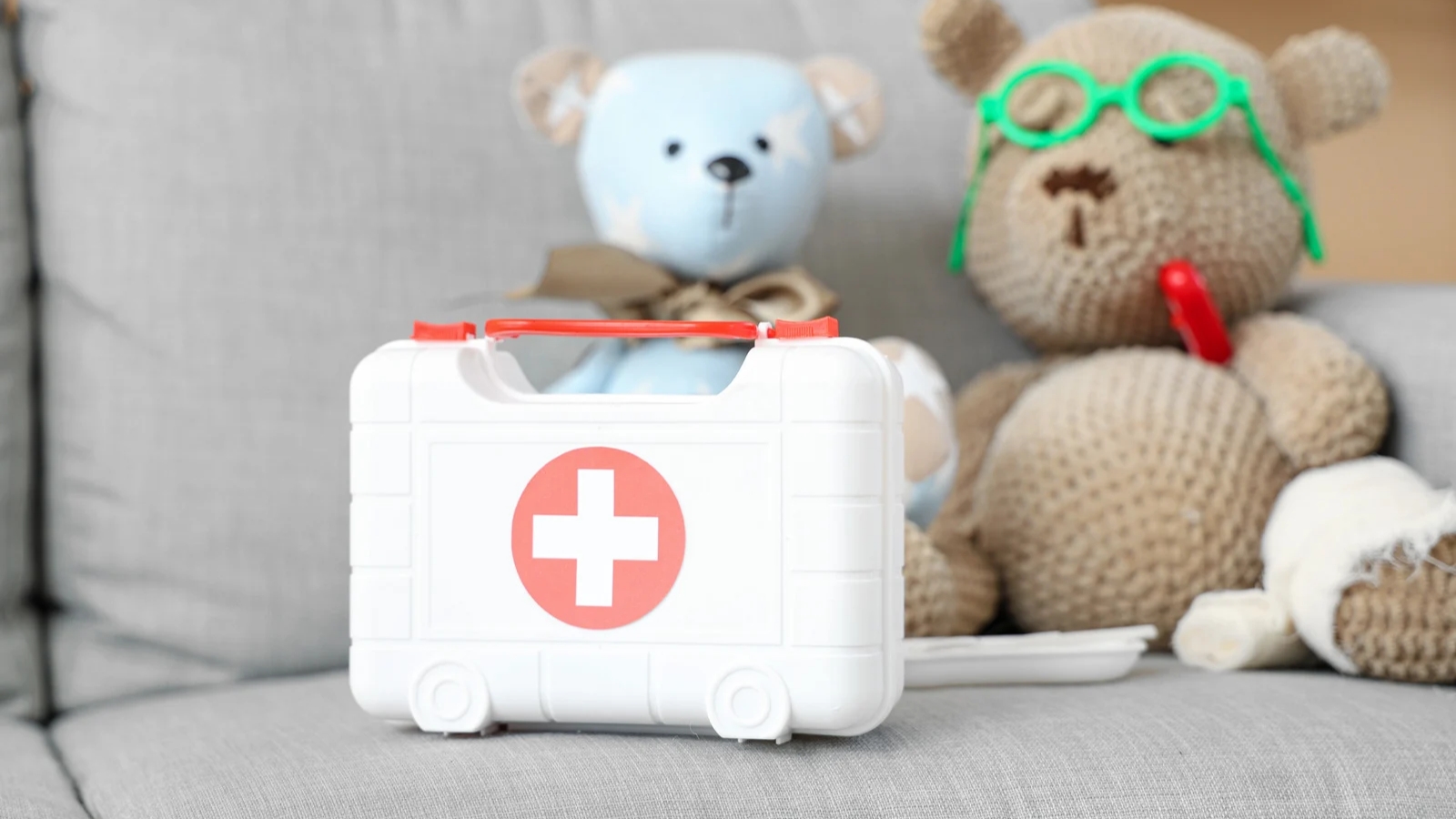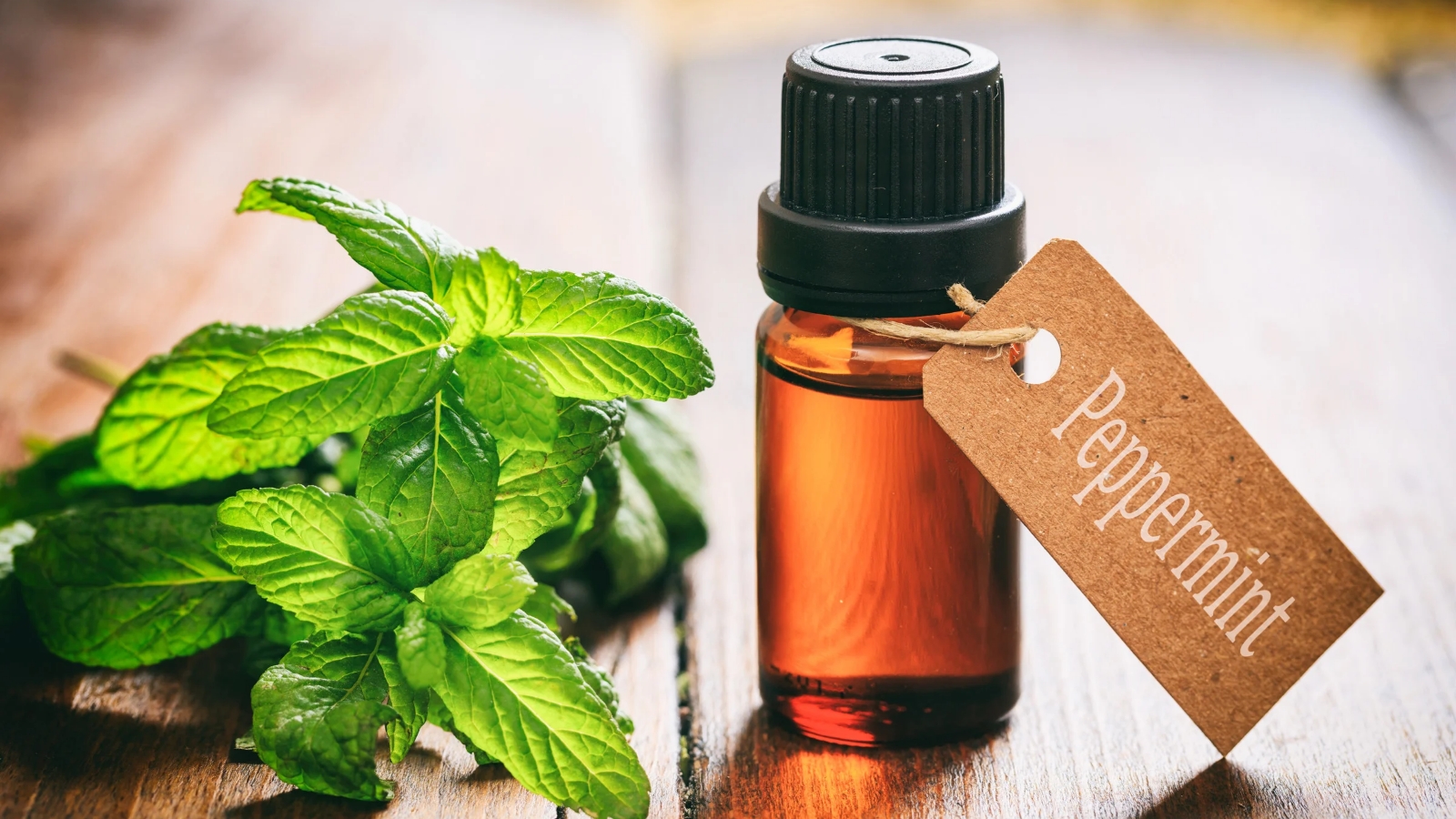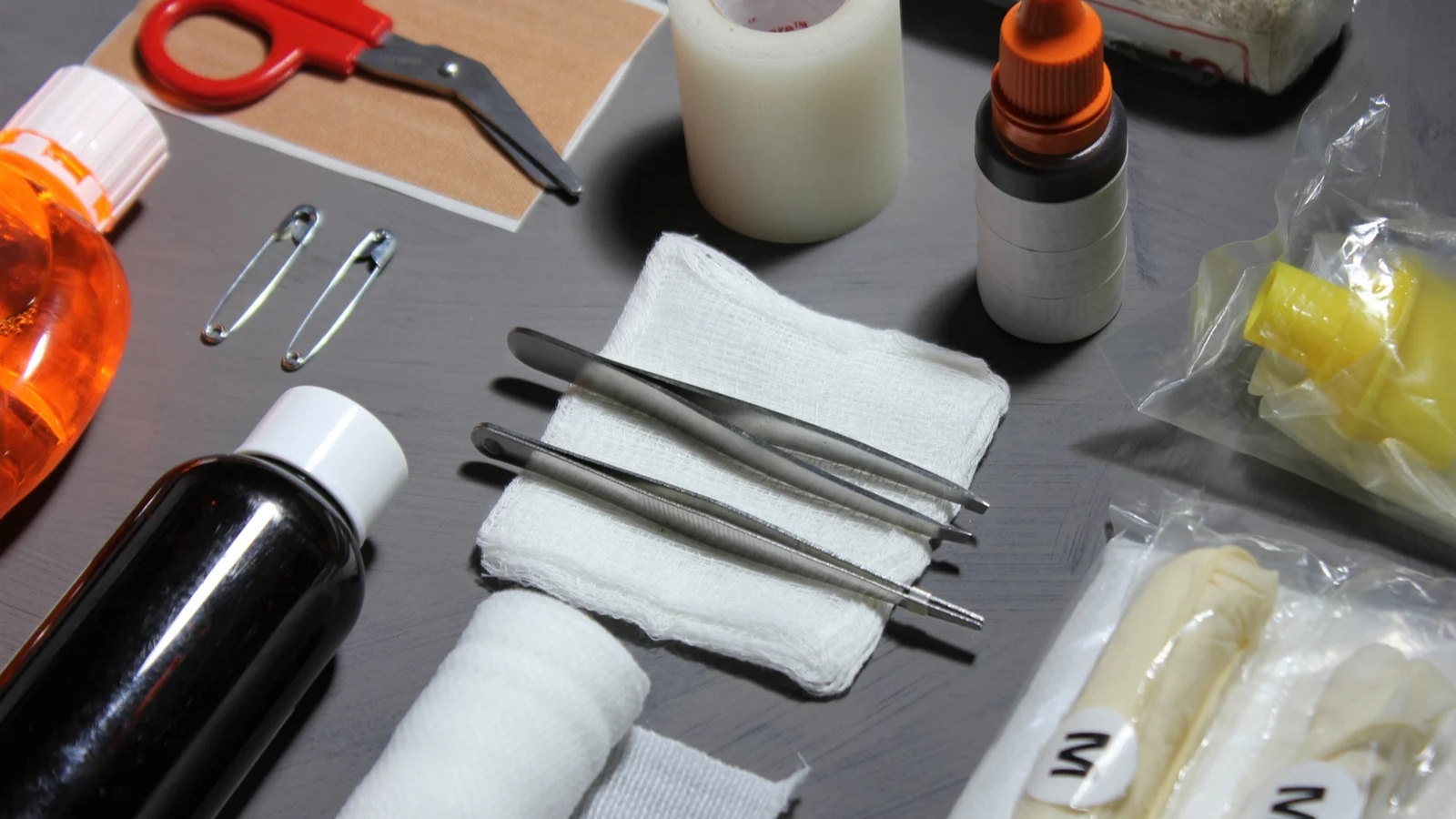A home first aid kit is a practical resource that helps you manage minor injuries, discomforts, and common health issues without rushing to the pharmacy each time. Many people now include natural remedies in their kits to support wellness in a simple and accessible way. These natural options often rely on plant-based or household ingredients that can complement standard items.
This article will guide you through building a home first aid kit with natural options. You will learn which natural items to include, their uses, and how to organize your kit so that it is ready when you need it.
Choosing The Right Container
Before you start collecting items, choose a sturdy and easy-to-carry container. It should keep everything organized and safe from moisture. A simple box with dividers or a zippered bag works well.
When selecting your container:
- Pick one that is large enough to fit your supplies
- Use compartments or smaller pouches for organization
- Keep it labeled so family members can identify it quickly
- Store it in a cool, dry place
Basic Natural Remedies To Include
Several natural remedies can be helpful for everyday needs. These versatile items can address cuts, headaches, digestive upset, or skin irritation.
Aloe Vera Gel
Aloe vera gel is known for its cooling properties. Keep a small tube or jar in your kit to soothe minor burns, sunburns, or skin irritation.
Tea Tree Oil
Tea tree oil has antimicrobial qualities. Dilute it and apply it to minor cuts, insect bites, or blemishes. Always store it in a dark glass bottle.
Lavender Oil
Lavender oil supports relaxation and may help ease stress or mild headaches. A drop can be used on a tissue for inhalation or diluted with a carrier oil for skin application.
Honey
Raw honey can be applied to minor cuts or scrapes to keep the area moist and clean. Pack a small sealed container to prevent leaks.
Ginger Tea Bags
Ginger tea bags are helpful for nausea or mild stomach upset. Keep a few in your kit for quick preparation.
Natural Options For Pain Relief
Mild aches and pains are common, and natural remedies can provide relief. Some items can be stored dry, while others require proper containers.
- Clove oil for tooth discomfort
- Arnica cream for bruises or sore muscles
- Peppermint oil diluted with carrier oil for tension headaches
- Turmeric capsules or powder for inflammation support
These can complement traditional over-the-counter pain relievers while offering plant-based options.
Natural Remedies For Digestive Support
Digestive issues often appear unexpectedly. Natural remedies are easy to keep in small quantities and can make you more comfortable.
- Chamomile tea for mild indigestion or stomach cramps
- Fennel seeds to chew for bloating and gas
- Activated charcoal capsules for occasional digestive upset
- Dried peppermint leaves or tea for calming digestion
Please keep them in sealed bags or containers to maintain freshness.
Herbal Skin Care Items
Simple natural products can help address skin issues such as rashes, minor wounds, or dryness. These are safe to store in your kit and easy to apply.
- Calendula cream for irritated skin or rashes
- Coconut oil is a natural moisturizer and mild antimicrobial
- Witch hazel for cleansing minor cuts or soothing skin
- Oatmeal packets for itchy or irritated skin
Each item should be stored in small, labeled containers for quick access.
Tools And Accessories To Include
Your kit will need basic tools along with natural remedies. These tools make it easier to apply treatments or handle minor injuries.
Include:
- Tweezers for splinters
- Scissors for cutting bandages
- Cotton pads and swabs
- Reusable cloth bandages
- Small glass dropper bottles for oils
- A digital thermometer
These tools help you use your natural remedies effectively.
Organizing Your Kit
A well-organized kit saves time. Group similar items together so you can find them quickly, and label bottles and pouches to prevent confusion.
Tips for organizing:
- Separate oils, teas, and creams into sections
- Use small travel-size containers to save space
- Keep instruction cards for each remedy
- Check expiration dates regularly
An organized kit ensures you can respond calmly and effectively.
Safe Storage Practices
Natural remedies require proper storage to keep them effective. Oils and herbs can lose potency if exposed to heat or light.
For safe storage:
- Store oils in dark glass bottles
- Keep herbs and teas in airtight bags
- Place the kit in a cool, dry cupboard
- Replace items as needed
Good storage practices maintain the quality of your kit.
Customizing Your First Aid Kit
Your household needs may differ, so you should customize your kit. Consider the common issues your family faces and add remedies that fit.
For example:
- Families with children may include extra soothing creams
- Active households may want more items for sore muscles
- If you travel often, include remedies for motion sickness
Customizing ensures your kit works for your daily life.
Conclusion
Building a home first aid kit with natural options gives you quick access to remedies for everyday health concerns. By including plant-based treatments alongside basic tools, you create a practical and adaptable kit.
The key is to organize your items well, store them properly, and choose remedies that meet your family’s needs. A natural first aid kit makes caring for minor discomforts at home easier and supports your commitment to simple, effective wellness.



